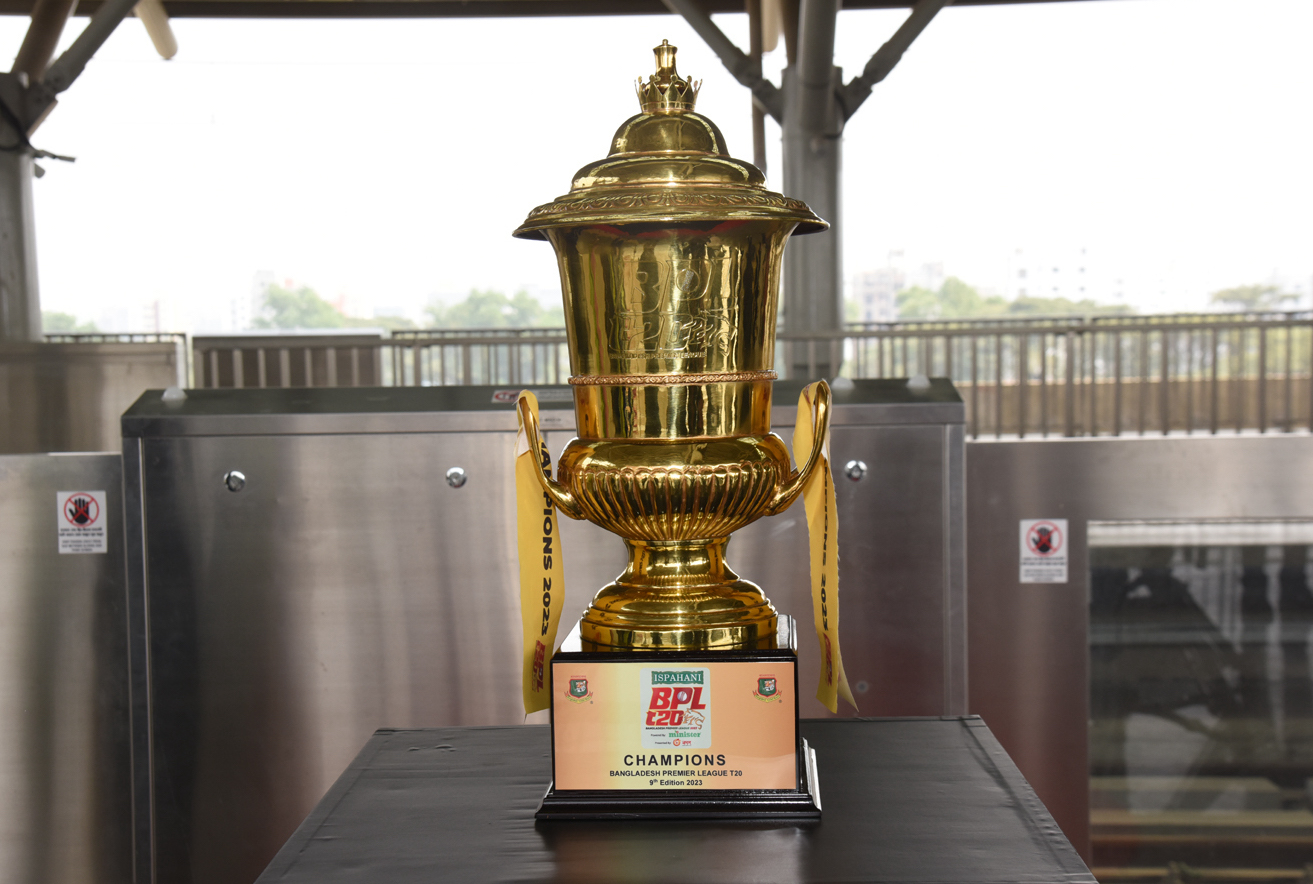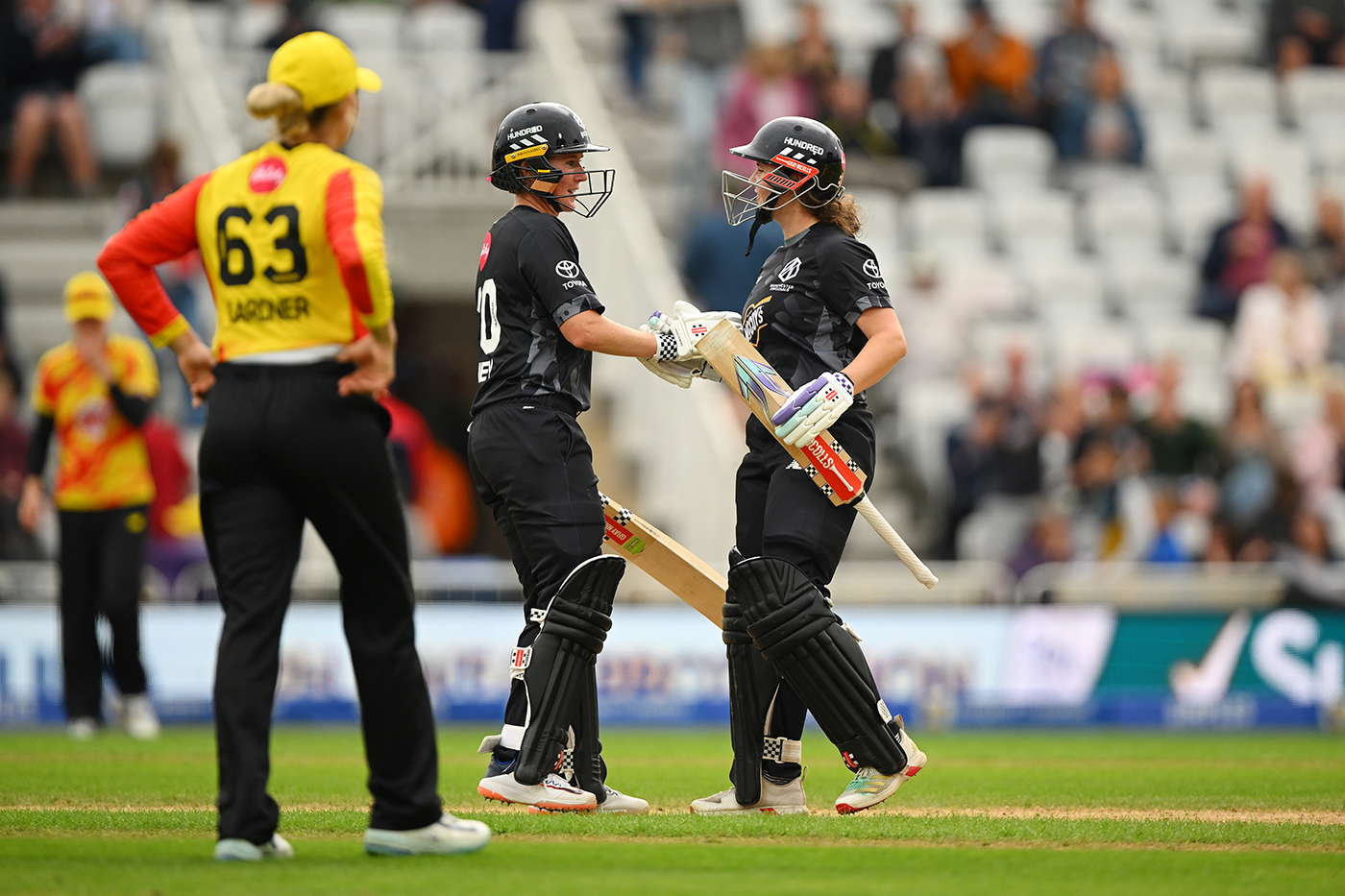What Is Inbound Lead Generation and How Does It Work?

Inbound lead generation is a marketing approach that focuses on attracting potential customers through valuable content. By creating resources like blogs, eBooks, and webinars, you address specific pain points your audience faces. This method guides prospects through their buying process, using channels like social media and SEO. Comprehending how this process works can greatly improve your marketing efforts. Let’s explore the key components that make inbound lead generation effective and how you can implement them.
Key Takeaways

- Inbound lead generation attracts potential customers through valuable content, such as blogs, eBooks, and webinars, addressing their pain points.
- It engages leads at various stages of the buyer’s journey by providing personalized and relevant content tailored to their needs.
- Leads are categorized into Marketing Qualified Leads (MQLs) and Sales Qualified Leads (SQLs) based on their engagement levels for better management.
- Collaborative efforts between marketing and sales teams ensure a smooth handoff and conversion of leads into customers.
- Success is measured through metrics like conversion rates, email engagement, and return on investment (ROI) to optimize strategies continuously.
Understanding Inbound Lead Generation

Comprehending inbound lead generation is vital for any business looking to attract potential customers effectively. This approach focuses on bringing in customers through valuable content like blogs, eBooks, and webinars.
By addressing buyers’ pain points, you create personalized, relevant content that aligns with their path stages: awareness, consideration, and decision. Inbound leads are defined as individuals who show interest in your offerings, categorized into Marketing Qualified Leads (MQLs) and Sales Qualified Leads (SQLs) based on engagement levels.
Utilizing strategies like SEO, social media, and content marketing helps improve your brand visibility on platforms where potential buyers are active.
Collaboration between marketing and sales teams is important to nurture these leads and convert them into loyal customers efficiently.
The Inbound Lead Generation Process

To effectively implement the inbound lead generation process, you need to develop a clear strategy that addresses your target audience’s pain points.
This involves categorizing leads into Marketing Qualified Leads (MQLs) and Sales Qualified Leads (SQLs) based on their engagement, which helps you prioritize follow-ups.
Strategy Development Essentials
A solid strategy development process is vital for effective inbound lead generation.
Begin by outlining the types of content that will engage prospects at different stages of their buyer expedition. Comprehending your buyers’ pain points and behaviors is fundamental; this insight allows for effective audience segmentation and targeted content creation.
Successful inbound lead gen relies on close alignment between marketing and sales teams, ensuring smooth lead conversion and handoff. You should categorize leads into Marketing Qualified Leads (MQLs) and Sales Qualified Leads (SQLs), based on engagement levels and readiness to purchase.
Moreover, implementing automated systems for lead tracking and nurturing streamlines the inbound strategies, enhancing your overall efficiency and effectiveness in generating valuable leads.
Lead Categorization Techniques
Effective lead categorization techniques form the backbone of an efficient inbound lead generation process.
You’ll typically categorize inbound leads into two main types: Marketing Qualified Leads (MQLs) and Sales Qualified Leads (SQLs). MQLs show initial interest, whereas SQLs demonstrate a higher intent to buy.
By implementing lead scoring, you assign points based on interactions, like downloading content or attending webinars, which helps prioritize follow-up efforts.
Comprehending buyers’ pain points is essential, as it allows you to create personalized content.
Automation tools, including AI, can additionally streamline qualification by using predictive analytics.
Finally, collaborating with your sales team guarantees leads are properly categorized and nurtured throughout their process, improving your overall outbound lead gen effectiveness.
Key Strategies for Inbound Lead Generation

Even though many businesses recognize the importance of generating leads, implementing key strategies for inbound lead generation can greatly improve your results.
Start with content marketing, utilizing blogs, eBooks, and videos to educate prospects and create engagement. This approach helps convert visitors into inbound marketing leads.
Improve your visibility through search engine optimization (SEO) to attract organic traffic, reducing advertising costs.
Utilize social media platforms to distribute content and engage potential customers, building brand awareness.
Email marketing campaigns should deliver personalized content to segmented lists, nurturing leads effectively.
Finally, consider hosting webinars and online events to showcase your expertise and capture leads by offering valuable insights in exchange for contact information.
These strategies outline how to generate inbound sales leads efficiently.
Types of Inbound Leads

How can you effectively categorize your inbound leads? Comprehending the inbound leads meaning is essential in distinguishing between two primary types: Marketing Qualified Leads (MQLs) and Sales Qualified Leads (SQLs).
MQLs have engaged with your content but aren’t ready to buy, requiring nurturing through targeted strategies to guide them down the sales funnel. Conversely, SQLs show higher intent, often interacting directly with your sales team, indicating they’re ready for a purchase.
Managing Inbound Leads Effectively

Managing inbound leads effectively requires a strategic approach that includes implementing lead scoring techniques, utilizing a CRM system, and ensuring prompt follow-up.
By prioritizing leads based on their engagement and conversion potential, you can direct your sales efforts where they matter most.
Furthermore, centralizing lead data helps keep your team aligned and responsive, ultimately enhancing your chances of converting leads into customers.
Lead Scoring Techniques
Lead scoring techniques play a vital role in optimizing your inbound lead management process. By assigning numerical values to your leads based on engagement, demographics, and actions, you can prioritize them effectively. For instance, scoring might look like this:
| Action | Points |
|---|---|
| Downloading a gated eBook | +2 |
| Attending a webinar | +5 |
| Signing up for a newsletter | +3 |
| Requesting a demo | +7 |
Implementing AI can further improve lead scoring via predictive analytics, helping rank leads by their conversion likelihood. Regularly reviewing your scoring criteria guarantees you adapt to changing buyer behaviors, which is vital for effective inbound leads vs outbound leads strategies, particularly in outbound sales lead generation.
CRM System Utilization
A well-utilized CRM system can transform how you manage inbound leads, providing a centralized hub for all lead-related data.
Here’s how you can leverage your CRM for effective inbound lead generation:
- Centralizes lead data for an all-encompassing view of interactions.
- Enables better segmentation for customized communication based on industry and interests.
- Automates routine tasks, allowing focus on high-value activities and improving response times.
- Integrates lead scoring to prioritize leads based on engagement level.
Prompt Follow-Up Strategies
Timely follow-up is crucial for converting inbound leads into customers. Research indicates that responding within the first hour boosts your chances of conversion by seven times.
To guarantee this promptness, consider implementing automated follow-up emails that keep leads engaged right after their initial interaction. Regularly segment your inbound sales leads based on their behaviors and interests to create personalized follow-up strategies, enhancing engagement rates.
Utilize a CRM system to track interactions and prioritize follow-ups based on lead scoring, ensuring the most promising leads get immediate attention.
Finally, provide educational content customized to each lead’s interests to nurture their path, building relationships and increasing the likelihood of conversion. This approach is key to learning how to get more inbound leads effectively.
Measuring the Success of Inbound Lead Generation

To effectively measure the success of inbound lead generation, businesses need to focus on key performance indicators (KPIs) that provide valuable insights into their marketing efforts.
Here are some crucial metrics to track:
- Lead conversion rates: This shows the percentage of inbound leads that become customers.
- UTM codes: Use these to analyze webpage visits and traffic sources for different campaigns.
- Engagement metrics: Monitor email open rates and click-through rates to gauge lead interaction.
- Return on investment (ROI): Regularly evaluate your ROI to allocate marketing budgets effectively.
Optimizing Your Inbound Lead Generation Strategy

Measuring the success of your inbound lead generation efforts provides a foundation for optimization. To improve your strategy, focus on creating diverse and valuable content that addresses each stage of the buyer expedition: awareness, consideration, and decision-making.
Implementing lead scoring systems helps you prioritize leads based on their engagement, enabling targeted marketing that aligns with their interests. Utilize SEO best practices to increase content visibility, ensuring higher rankings in search results, which is crucial for long-term success.
Regularly analyze performance metrics like conversion rates to identify effective tactics and areas for improvement. Finally, adopt marketing automation tools to streamline communication and follow-ups, markedly boosting your chances of converting leads.
This is how to get inbound leads efficiently.
Frequently Asked Questions

What Is Inbound Lead Generation?
Inbound lead generation is a strategic approach that draws potential customers to your business through valuable content and resources.
By providing informative materials, you encourage prospects to share their contact information in exchange. This method focuses on engaging your audience at their pace, using channels like SEO, social media, and email.
It contrasts with traditional methods, emphasizing relationship-building and trust, finally leading to more qualified leads and reduced costs per acquisition.
What Is the Role of an Inbound Lead?
The role of an inbound lead is essential in the sales process. When you engage with your content, you’re expressing interest in your products or services. This initial contact helps you gather information, guiding your decision-making.
Inbound leads often represent a higher quality since you’ve shown awareness of the brand. By nurturing these leads through customized communication, you can effectively move them further down the sales funnel, increasing the likelihood of conversion.
What Is the Difference Between Inbound and Outbound Lead Generation?
Inbound lead generation focuses on attracting potential customers through valuable content customized to their needs, allowing them to engage at their own pace.
Conversely, outbound lead generation actively reaches out to prospects using methods like cold calls and mass emails, often interrupting them.
Inbound typically costs less over time and builds trust, whereas outbound can be more expensive initially and relies on immediate engagement.
Comprehending these differences can help you choose the right strategy.
What Is Lead Generation and How Does It Work?
Lead generation is the process of attracting potential customers and converting them into leads. It involves using targeted marketing strategies to provide value, making customers interested in your offerings.
You can generate leads through various methods, including content marketing, social media, and SEO. By creating engaging content that addresses your audience’s needs, you encourage them to share their information, allowing you to nurture these leads until they’re ready to make a purchase decision.
Conclusion
In summary, inbound lead generation is an influential strategy that attracts potential customers through valuable content and targeted engagement. By comprehending the process and implementing key strategies, you can effectively manage and convert leads. Regularly measuring your success and optimizing your approach will improve your results over time. Remember, aligning your marketing and sales teams is essential for maximizing efficiency. By following these guidelines, you can create a robust inbound lead generation strategy that drives sustainable growth for your business.
Image Via Envato
This article, "What Is Inbound Lead Generation and How Does It Work?" was first published on Small Business Trends
What's Your Reaction?
 Like
0
Like
0
 Dislike
0
Dislike
0
 Love
0
Love
0
 Funny
0
Funny
0
 Angry
0
Angry
0
 Sad
0
Sad
0
 Wow
0
Wow
0




























































































